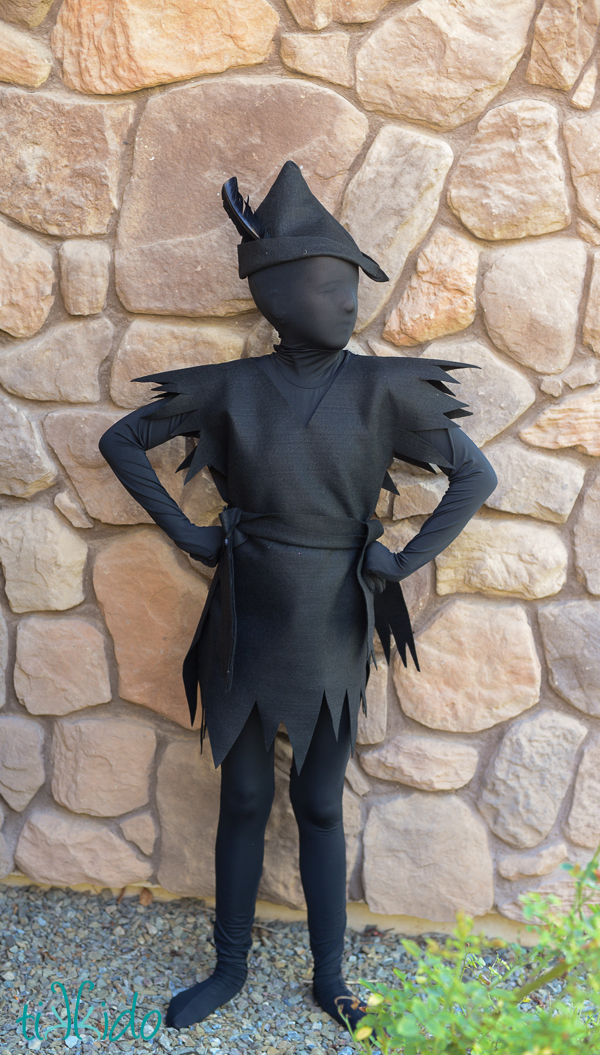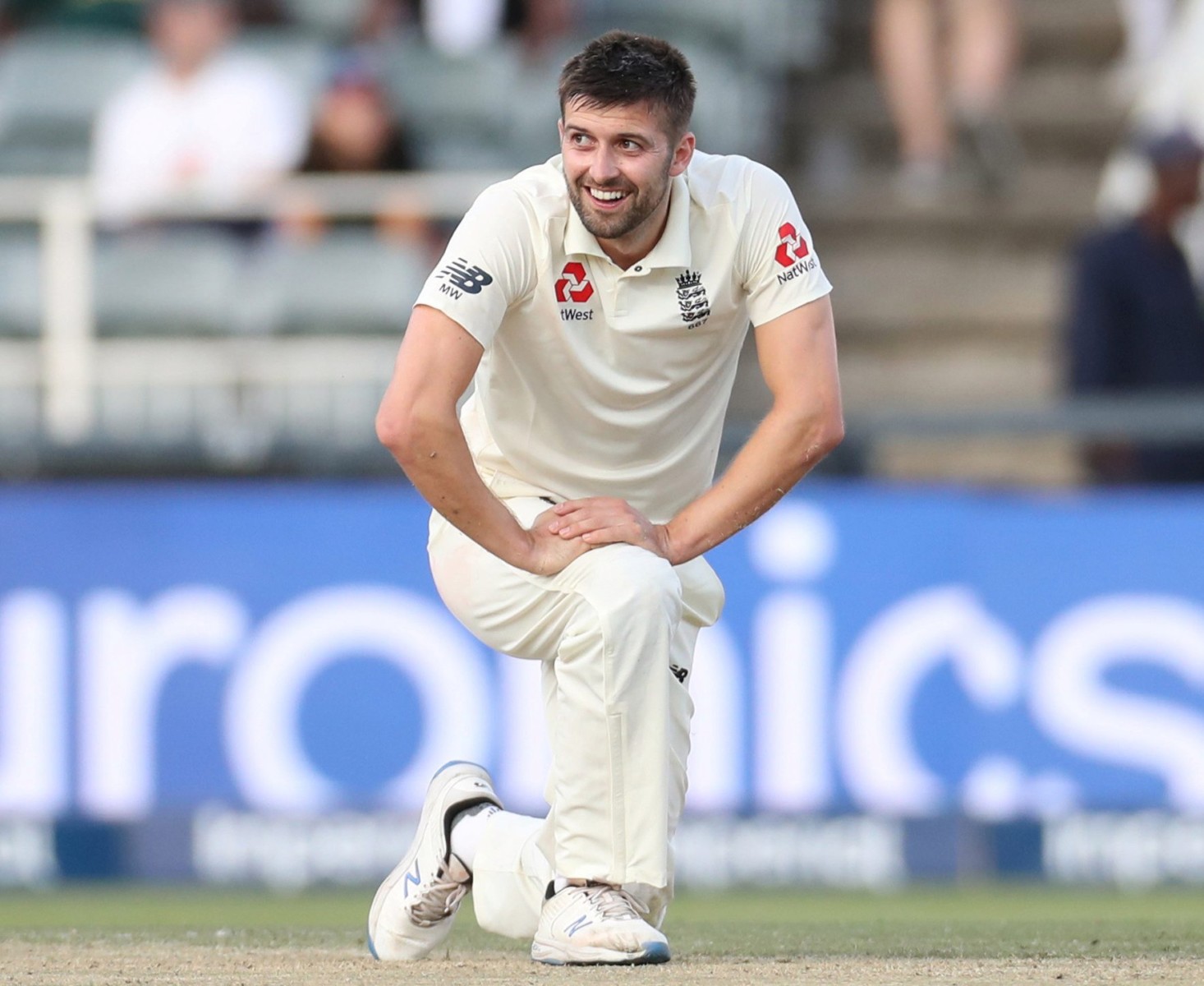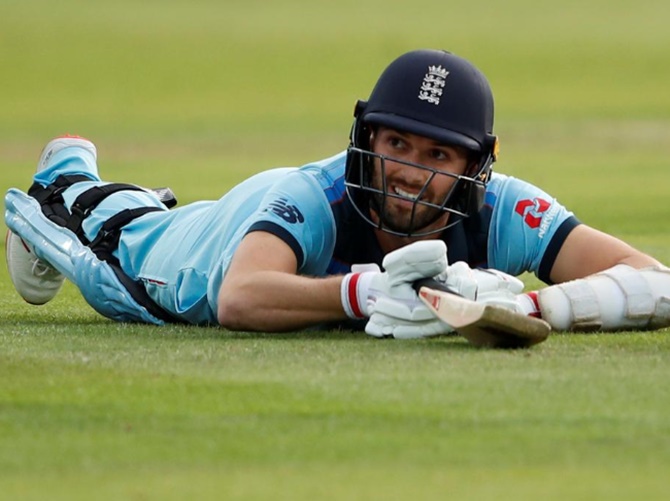

The 2017 update to the Laws saw no changes to the maximum length of the bat, which is still 38 inches/96.52 cm, but a new specification stated that the edge of the bat cannot be more than 1.56 inches / 4 cm while the depth cannot be more than 2.64 inches / 6.7 cm. This rule was introduced following the Monster Bat Incident of 1771. Appendix B of the Laws of Cricket set out more precise specifications.

Law 5 of the Laws of Cricket state that the length of the bat may be no more than 38 in (965 mm), the width no more than 4.25 in (108 mm), the overall depth no more than 2.64 in (67 mm) and edge no more than 1.56 in (40 mm). A worn surface can be noticed by the player, indicating that re-oiling is needed. Another important factor is that it increases the surface friction of the ball to bat surface, giving better control of the shot. Applied regularly, this has a protective effect on the wood and makes it less sensitive to humidity changes in the atmosphere, which could cause warping or splitting. Raw linseed oil is used, rather than boiled linseed oil, as the raw form is also a drying oil but very slow "drying", and so the surface remains tacky. The bat may also need raw linseed oil, which fills in the gaps between the fibres. This compacts the soft fibres within the bat and reduces the risk of the bat snapping. Knocking-in involves striking the surface with an old cricket ball or a special mallet.
Khrycket in last wood full#
When first purchased, most bats are not ready for immediate use and require knocking-in to allow the soft fibres to strike a hard new cricket ball without causing damage to the bat, and allowing full power to be transferred to the shot. The bat generally recognised as the oldest bat still in existence is dated 1729 and is on display in the Sandham Room at The Oval in London.
/Chris%20Wood/GettyImages-841839634.jpg)
Although the first forms of cricket are obscure, it may be that the game was first played using shepherd's crooks. This may well have been a legacy of the game's reputed origins. Before the 18th century bats tended to be shaped similarly to a modern hockey sticks.

The edges of the blade closest to the handle are known as the shoulders of the bat, and the bottom of the blade is known as the toe of the bat.īats were not always this shape. The taper provides a more gradual transfer of load from the bat's blade to the handle and avoids this problem. Spliced handles had been used before this but tended to break at the corner of the join. The current design of a cane handle spliced into a willow blade through a tapered splice was the invention in the 1880s of Charles Richardson, a pupil of Brunel and the first Chief Engineer of the Severn Railway Tunnel. Bats incorporate a wooden spring design where the handle meets the blade. The handle is usually covered with a rubber grip. The blade is connected to a long cylindrical cane handle, similar to that of a mid-20th-century tennis racquet, by means of a splice. In 1900 Percy Stuart Surridge developed a reinforced toe. The face of the bat is often covered with a protective film by the user. This variety of willow is used as it is very tough and shock-resistant, not being significantly dented nor splintering on the impact of a cricket ball at high speed, while also being light in weight. caerulea), treated with raw (unboiled) linseed oil, which has a protective function. The bat is traditionally made from willow wood, specifically from a variety of white willow called cricket bat willow ( Salix alba var. The blade of a cricket bat is a wooden block that is generally flat on the striking face and with a ridge on the reverse (back) which concentrates wood in the middle where the ball is generally hit.


 0 kommentar(er)
0 kommentar(er)
